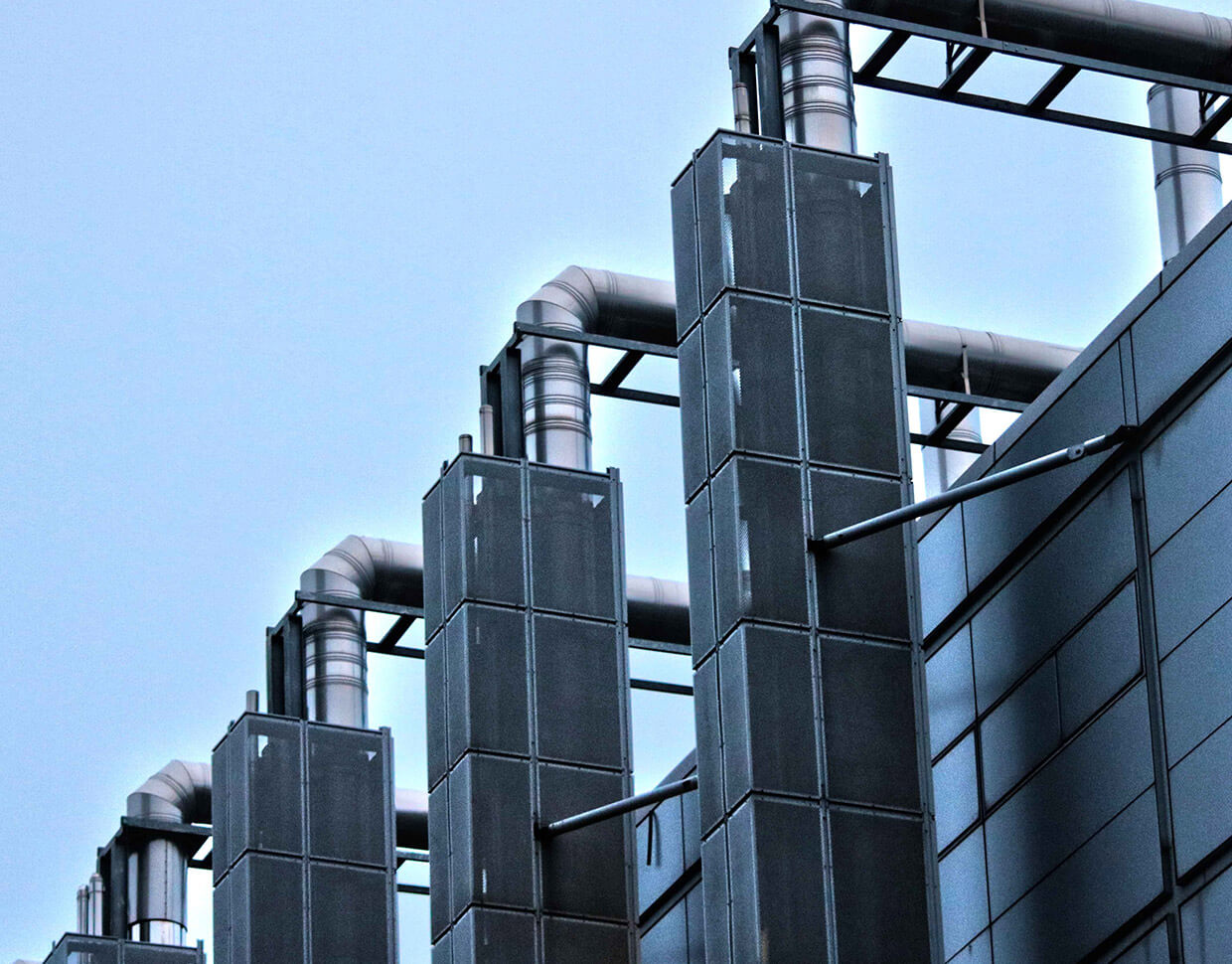
Florida East Coast Railway Sponsors Toys for Tots Christmas Train
November 10, 2010Florida East Coast Taps Intermodal Growth.
JACKSONVILLE — Florida East Coast Railway LLC expects 5 percent annual revenue growth over the coming years as customers increasingly use the century-old Jacksonville railroad to transport goods south into Florida, the company’s chief executive said.
James Hertwig, the company’s CEO and president, said the 351-mile railway connecting Jacksonville to Miami is tapping the growth of intermodal rail transport like the larger Class I railroads, including CSX Corp. Intermodal is the process of hauling goods by train and truck that are normally transported solely by truck.
“Intermodal is going to stay strong,” he said. “We’re expecting double-digit [annual] increases like the [Class I] industry is seeing.”

Hertwig led CSX’s intermodal division before joining FEC in May and plans to implement some of the same strategies that Jacksonville-based CSX, the nation’s third-largest railway, used to grow its intermodal business. In the second quarter, CSX’s intermodal business grew 7 percent to $304 million.
He said the opening of the expanded Panama Canal in 2014 won’t just be a boom to Jacksonville, but also for smaller Florida ports.
Increased trade spurred by the ability to bring larger ships to the East Coast would mean more business for the railway whether the cargo comes through smaller Florida ports or the ports of Miami, Jacksonville and Savannah, Ga.
As the only intermodal-capable railway to Central and South Florida, about half of FEC’s business comes from hauling containers for Norfolk Southern Corp. and CSX. The latter has a rail line capable of handling raw materials that runs through the center of the state and ends in West Palm Beach..
FEC, which has an annual revenue of more than $200 million, increased its intermodal handling from less than 60 percent to 80 percent over five years, thus alleviating the decline in raw material hauling from the construction industry slump. Hauling goods by rail instead of trucking is cheaper because trains are more energy-efficient and trucking rates to South and Central Florida are higher than the national average, Hertwig said.
Customers shipping between Jacksonville and Miami can save up to 10 percent on their transportation costs by allowing rail to move their goods most of the way instead of trucks, Hertwig said.
FEC “acts more like a Class I than a regional railway,” said Howard Capito, an adviser at Shenandoah Northern Co., a financial consulting company focusing on regional railroads. The railroad’s on-time service coupled with its ability to tap into Jacksonville’s transportation gateway make it a “standout in terms of how they’ve developed their market.”.

Hertwig said the railway is attempting to leverage its growing intermodal business by increasing the number of containers that can be double-stacked, which is up from a half to nearly 70 percent in five years. Aside from increasing fuel efficiency, double-stacking containers allows better shipment management.

Since rail handling started increasing as the economy stabilized earlier this year, the company has added eight employees and will continue to do so as business ramps up, Hertwig said. Before the recession, the company employed about 570 and now employs about 530.
From the Jacksonville Business Journal: http://www.bizjournals.com/jacksonville/stories/2010/10/11/story4.html

